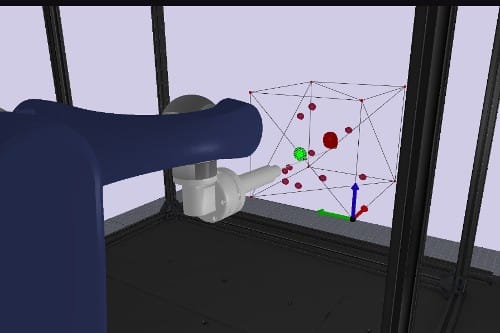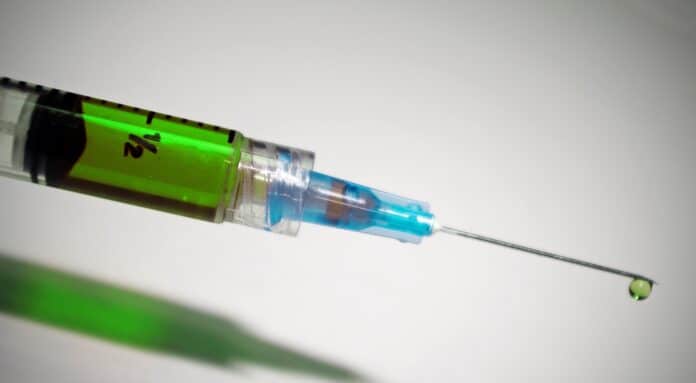Many medical procedures require needle insertion. A simulator is a device used for training individuals by imitating situations.
Minimally invasive surgery (MIS) and localized therapy have become integral parts of modern medical practices. They have advantages over conventional open surgery. It decreased recovery time, lowered the risk of infection, and reduced patient discomfort. One of the most widely used MIS procedures is percutaneous needle insertion.

Image Credit: Athanasios Martsopoulos
The University of Bristol has found a way to improve the accuracy of medical needle use in surgical simulation. They focused on the mechanical behavior of materials formed as a continuous mass. They were able to develop mathematical models of flexible medical needles. They both are computationally efficient and highly accurate. They could do this without introducing unnecessary steps to reduce the computational complexity of previous investigations. These models are crucial for developing junior doctors’ surgical training environments and software solutions for pre-operatively planning surgical interventions.
Lead author, Athanasios Martsopoulos of Bristol’s Department of Aerospace Engineering, said: “The computational efficiency of the methods, combined with their accuracy, allows their integration into surgical simulation environments aimed at the training of junior surgeons. Surgical simulation constitutes an integral part of modern medical practices. It offers a safe environment for surgeons. It is also a framework for planning, researching, and better understanding surgical interventions.
He also said, “The proposed algorithms are readily available for integration with such simulation solutions and aim to enhance their visual and haptic fidelity.”
They will improve training for junior surgeons by generating the same effect similar to real-life distribution. It will also have the potential to be used for the development of robotic surgical solutions.
They plan to use computationally efficient proposed models. They are accurate human tissue models. This will be the basis for modeling the dynamics of virtual surgical instruments of a fully-featured medical simulation solution.
They were evaluated in terms of accuracy and computational efficiency. It was shown that linear approaches lead to significant limitations. They are not suitable for providing accurate and realistic solutions.
Journal Reference:
- Thomas L. Hill et al. Modeling and real-time dynamic simulation of flexible needles for prostate biopsy and brachytherapy. Science. DOI: 10.1080/13873954.2022.2158875
